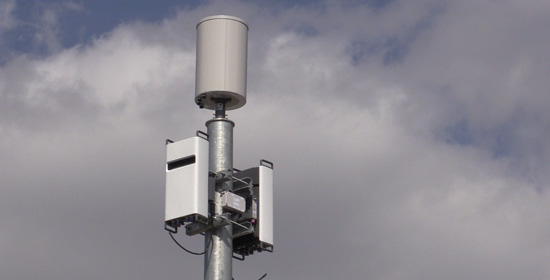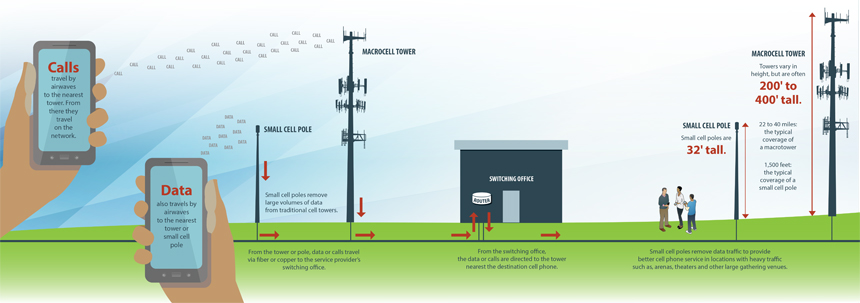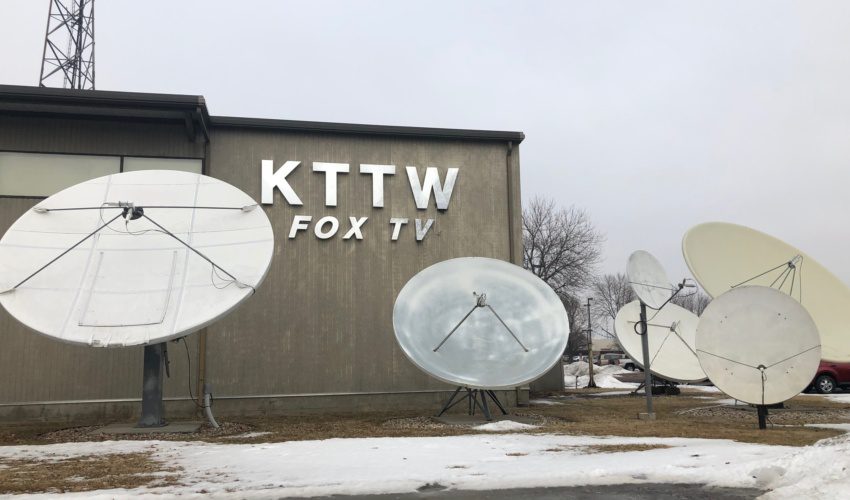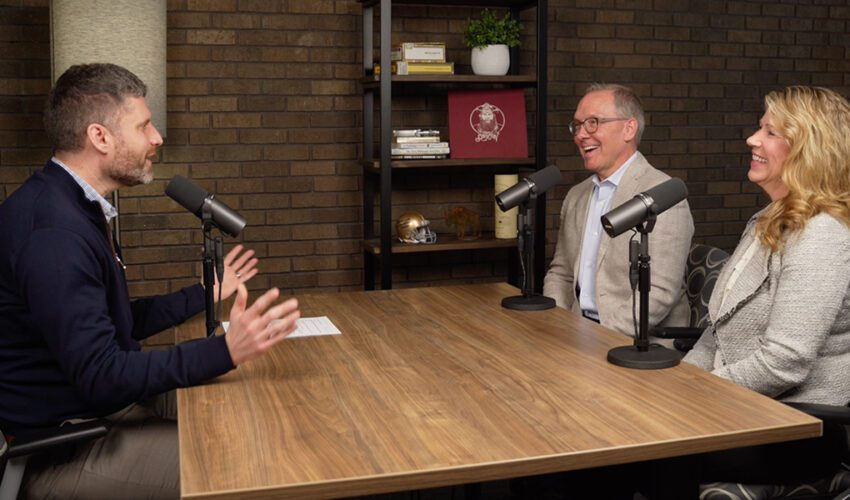Are small cells the next economic driver?
This piece is presented by SDN Communications.
As more people rely on connected mobile devices to stream video, browse the internet and communicate, the demand for bandwidth through cellphone macro towers also grows. Just imagine the demand during a well-attended university or community event, such as a packed football stadium or downtown celebration.
To enhance wireless services, carriers such as Verizon Wireless are deploying small cell networks in high-traffic areas to boost connectivity for customers.
SDN Communications provides the infrastructure and connects the support poles to underground fiber for Verizon. Together, the companies put up 35 poles in the region this past year:
- Six in Sioux Falls.
- Eight in the Yankton area.
- Nine in Aberdeen.
- 12 in Sioux City.
The new poles in Sioux Falls are at W.H. Lyon Fairgrounds, in the shopping area near The Empire Mall and near the SDN headquarters in west-central Sioux Falls.
The next community to get a boost? Brookings will get a dozen poles in 2018: eight in the campus area and four downtown. That’s good news for SDSU fans, who should enjoy improved service at events.
How it works
A steady rise in data generated by mobile technologies has increased performance burdens on mobile carriers. It also generates more work for service providers such as SDN, which provide backhaul services for wireless carriers to link the edges to the core of their networks.
Definitions can vary, but a small cell is generally a low-powered, radio-access node, or connection point, within a larger service footprint. Pole-like structures the size of streetlights are placed in high-use areas to offload data traffic and reduce strain on voice traffic directed to the bigger towers.
Macro towers, which stand 200 feet or higher, might serve an area roughly as big as a county. Small cell poles are 32-feet high and serve 750 feet around the pole, about the size of a city block, where demand for services is particularly high.
The poles are connected underground to a fiber network. Equipment to complement macro cell networks also can be installed on existing structures.
“More and more people are using cellphones for data use and less for phone use. That’s what’s driving the need for small cells. It’s growing tremendously,” said Jerry Andersen, outside plant engineering manager at SDN.
Andersen expects work on small cell projects to become part of the work norm for SDN in the future.
An economic impact
“Communities are starting to see small cells not as a nuisance but as an economic driver because people want to be where they’re connected,” said Vernon Brown, vice president of marketing and community relations for SDN.
SDN is beginning to field inquiries from other communities that want to know more about small cells, whether they need them and how to enhance coverage.
Madison City Commissioner Mike Waldner was part of a panel discussion in October when he recalled a real-life emergency to demonstrate the public safety aspects of increased broadband. In the moments following the 2016 Harrisburg school shooting, the network was so jammed with data traffic that the first officer on the scene couldn’t use his cellphone to call for backup.
“What do you think the students did when that (shooting) happened? They were texting, calling, tweeting, livestreaming on Facebook and Periscope – all of it jamming the network,” Waldner said.
Waldner, who is also a state employee for the Bureau of Information and Telecommunications, said citizens will be able to text to 911 within a year, and dispatchers will be able to track police and fire units, and push photos and video out to first responders. All that requires wireless connectivity and increased data coverage.
SDN has a web page where you can learn more about small cells including videos, graphics and frequently asked questions. Use the button below or the text link to continue learning.








